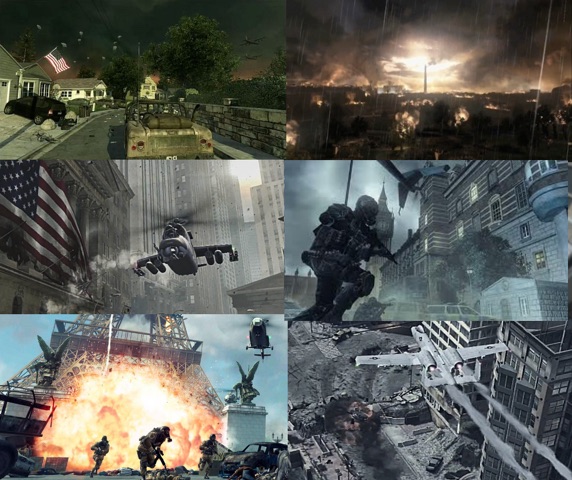

We were among the scientists involved in the initial research that discovered the potential for nuclear winter. The chance that nuclear weapons would be used by mistake, in a panic after an international incident, by a computer hacker or by a rogue leader of a nuclear nation can be eliminated only by the removal of the weapons themselves. There are simply too many nuclear weapons in the world, by as much as a factor of 1,000, for anyone, anywhere, to be safe from the potential effects of even a small war. But even if you think they can be, how many would you have to use? The answer is, probably one. These weapons have not been a deterrent to war or aggression. All have the destructive power to alter the global environment. Except for North Korea, the other nuclear nations have each kept their arsenals at roughly 100 to 300 weapons. About 94 percent are held by the United States and Russia. Nine countries have nuclear arsenals, with an estimated total of 15,695 weapons, according to the Ploughshares Fund, a global securities group. Crops would die and starvation could kill most of humanity.īut it is not just the superpowers that threaten the planet.Ī nuclear war between any two countries using 100 Hiroshima-size atom bombs, less than half of the combined arsenals of India and Pakistan, could produce climate change unseen in recorded human history. Even with the reduced nuclear arsenals that the United States and Russia agreed to in 2010, we have the ability not only to set off instantaneous destruction, but also to push global temperatures below freezing, even in summer. But the research into the destructive potential of a war involving nuclear weapons has continued. We haven’t heard much about this apocalyptic future in recent years. This dystopia became known as nuclear winter. In a battle between the two superpowers, smoke from fires ignited by nuclear explosions would be so dense that it would block out the sun, turning the earth cold, dark and dry, killing plants and preventing agriculture for at least a year.

IN the early 1980s, American and Russian scientists working together outlined a stark vision of the Cold War future.


 0 kommentar(er)
0 kommentar(er)
